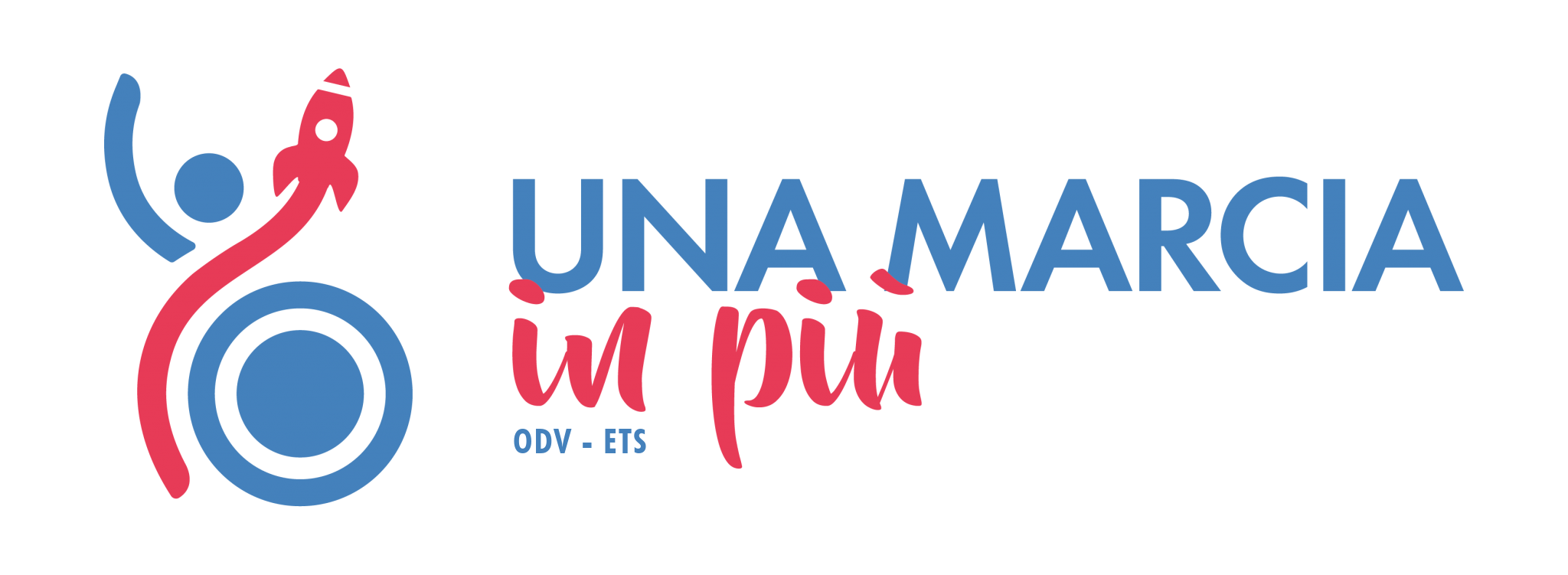
Retained earnings are left over profits after accounting for dividends and payouts to investors. If dividends are granted, they are generally given out after the company pays all of its other obligations, so retained earnings are what is left after expenses and distributions are paid. Retained earnings isn’t as straightforward as it may not be advantageous to maximize retained earnings.

Liabilities
- Retained earnings are related to net (as opposed to gross) income because they are the net income amount saved by a company over time.
- However, for other transactions, the impact on retained earnings is the result of an indirect relationship.
- Should the company decide to have expenses exceed revenue in a future year, the company can draw down retained earnings to cover the shortage.
- Retained earnings can also indicate something about the maturity of a company—if the company has been in operation long enough, it may not need to hold on to these earnings.
- To close a revenue account, debit the revenue account for its balance and credit the income summary account with the same amount, consolidating the revenue for the period.
- And since expansion typically leads to higher profits and higher net income in the long-term, additional paid-in capital can have a positive impact on retained earnings, albeit an indirect impact.
However, it is more difficult to interpret a company with high retained earnings. Any item that impacts net income (or net loss) will impact retained earnings a debit or credit the retained earnings. Such items include sales revenue, cost of goods sold (COGS), depreciation, and necessary operating expenses.
Why are retained earnings important for small business owners?
Since stock dividends are dividends given in the form of shares in place of cash, these lead to an increased number of shares outstanding for the company. That is, each shareholder now holds an additional number of shares of the company. As stated earlier, dividends are paid out of retained earnings of the company. Both cash and stock dividends lead to a decrease in the retained earnings of the company. As stated earlier, companies may pay out either cash or stock dividends. Cash dividends result in an outflow of cash and are paid on a per-share basis.

Best Free Accounting Software for Small Businesses

You should report retained earnings as part of shareholders’ equity on the balance sheet. That said, retained earnings can be used to purchase assets such as equipment and inventory. Accordingly, companies with high retained earnings are in a strong position to offer increased dividend payments to shareholders and buy new assets.
Additional paid-in capital reflects the amount of equity capital that is generated by the sale of shares of stock on the primary market that exceeds its par value. For instance, a company may declare a stock dividend of 10%, as per which the company would have to issue 0.10 shares for each share held by the existing stockholders. Thus, if you as a shareholder of the company owned 200 shares, you would own 20 additional shares, or a total of 220 (200 + (0.10 x 200)) shares once the company declares the stock dividend. Stock dividends, on the other hand, are the dividends that are paid out as additional shares as fractions per existing shares to the stockholders. In fact, both management and the investors would want to retain earnings if they are aware that the company has profitable investment opportunities. And, retaining profits would result in higher returns as compared to dividend payouts.

The company can make the retained earnings journal entry when it has the net income by debiting the income summary account and crediting the retained earnings account. The income statement (or profit and loss) is the first financial statement that most business owners review when they need to calculate retained earnings. This document calculates net income, which you’ll need to calculate your retained earnings balance later. Retained earnings are affected by an increase or decrease in the net income and amount of dividends paid to the stockholders. Thus, any item that leads to an increase or decrease in the net income would impact the retained earnings balance.
- Review activity in the accounts that will be impacted by the transaction, and you can usually determine which accounts should be debited and credited.
- Accounting software can be your secret weapon when it comes to managing your small business finances.
- The firm need not change the title of the general ledger account even though it contains a debit balance.
- There can be cases where a company may have a negative retained earnings balance.
- After this analysis, they move the total profit or loss into their main savings account, also called retained earnings, and the income summary account is emptied and ready to be used again next year.
Revenue refers to sales and any transaction that results in cash inflows. They are a type of equity—the difference between a company’s assets minus its liabilities. Businesses can https://www.bookstime.com/articles/what-is-a-bookkeeper choose to accumulate earnings for use in the business or pay a portion of earnings as a dividend. It depends on how the ratio compares to other businesses in the same industry.
How to Calculate the Effect of a Cash Dividend on Retained Earnings?
- According to the provisions in the loan agreement, retained earnings available for dividends are limited to $20,000.
- Excessively high retained earnings can indicate your business isn’t spending efficiently or reinvesting enough in growth, which is why performing frequent bank reconciliations is important.
- A company can pull together internal reports that extend this reporting period, but revenue is often looked at on a monthly, quarterly, or annual basis.
- It allows users to extract and ingest data automatically, and use formulas on the data to process and transform it.
- But with money constantly coming in and going out, it can be difficult to monitor how much is leftover.
- At the end of the year, businesses gather all revenue and expenses and place them into an income summary account.

